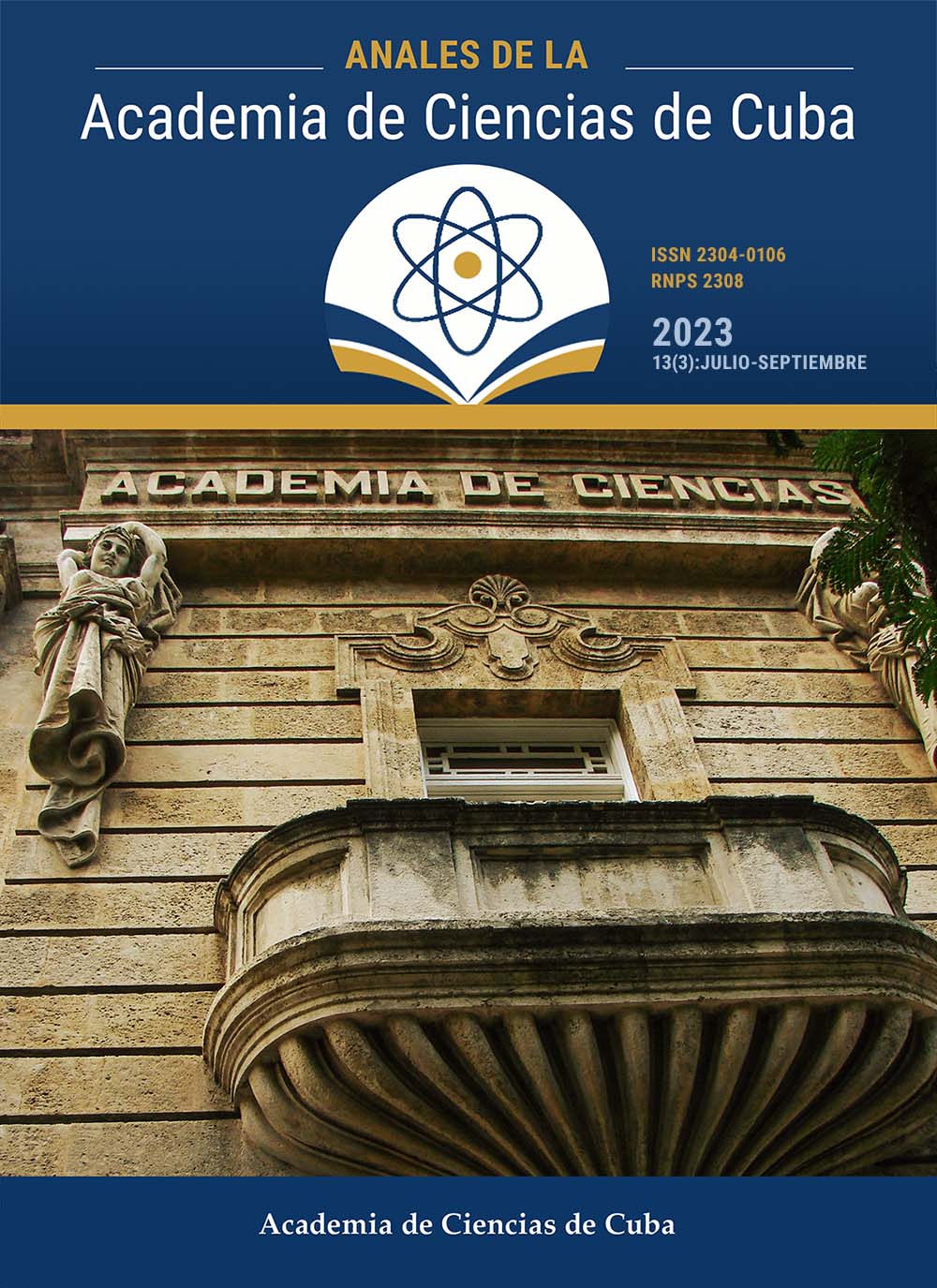Potential of microscopy in SARS-CoV-2 research: isolation, physiopathogenesis, and therapeutic targets
Keywords:
microscopy, SARS-CoV-2, physio pathogenesis, targets, tropismAbstract
Introduction: The identification of the wide tropism of SARS-CoV-2 can be critical for viral pathogenesis, and it is therefore relevant to determine the infection mechanisms and identify new therapeutic targets. This study consists of two experimental blocks: a) isolation and characterization of the SARS-CoV-2 virus, and b) pathogenesis, tropism, and targets, both molecular and therapeutic.
Methods: The procedures used were the following: a) clinical samples were obtained from the nasopharyngeal cavity of COVID-19 positive patients, which were inoculated in Vero E6 cells and analyzed by Scanning Electron Microscopy 72 h after infection. b) They were obtained visceral organ samples (lung, liver, kidney and brain) from patients dyed from COVID-19. Cryocuts were prepared and evaluated by Masson's Trichrome Staining, Electron Microscopy and Confocal Microscopy.
Results: Results show a) Extensive damage in infected Vero E6 cells where virus particles and extracellular virions are observed, displaying a cytopathic effect; b) They were identified Physio pathological processes using Masson's Trichrome Staining, detecting a predominance of the most advanced stages of Diffuse Alveolar Damage. Using Electron Microscopy, we found a profuse loss of alveolar epithelial cells in the lung. Confocal Microscopy was able to detect the presence of the SARS-CoV-2 nucleocapsid co-localized with key molecules such as Fibronectin, Vimentin, and PPARγ, together with NLRP3 Inflammasome in the brain cortical tissues. Conclusions. The isolation of the SARS-CoV-2 virus was performed for the first time in Cuba in nasopharyngeal exudates of patients with COVID-19 in the Vero E6 cell line. We identified for the first time novel cellular and pathophysiological processes involved in the infection of SARS-CoV-2, as well as potential therapeutic targets that reveal promising drugs to combat COVID-19 and its sequelae.
Downloads
Published
How to Cite
Issue
Section
License
The journal Anales de la Academia de Ciencias de Cuba protects copyright, and operates with a Creative Commons License 4.0 (Creative Commons Attribution-NonCommercial License 4.0). By publishing in it, authors allow themselves to copy, reproduce, distribute, publicly communicate their work and generate derivative works, as long as the original author is cited and acknowledged. They do not allow, however, the use of the original work for commercial or lucrative purposes.
The authors authorize the publication of their writings, retaining the authorship rights, and assigning and transferring to the magazine all the rights protected by the intellectual property laws that govern in Cuba, which imply editing to disseminate the work.
Authors may establish additional agreements for the non-exclusive distribution of the version of the work published in the journal (for example, placing it in an institutional repository or publishing it in a book), with recognition of having been first published in this journal.
To learn more, see https://creativecommons.org






